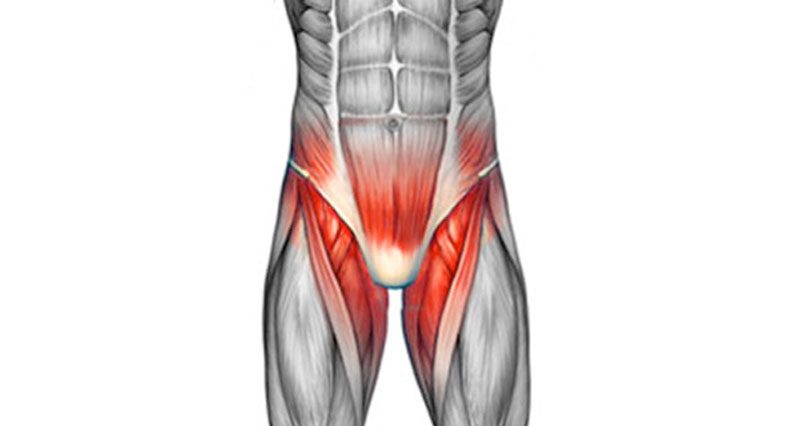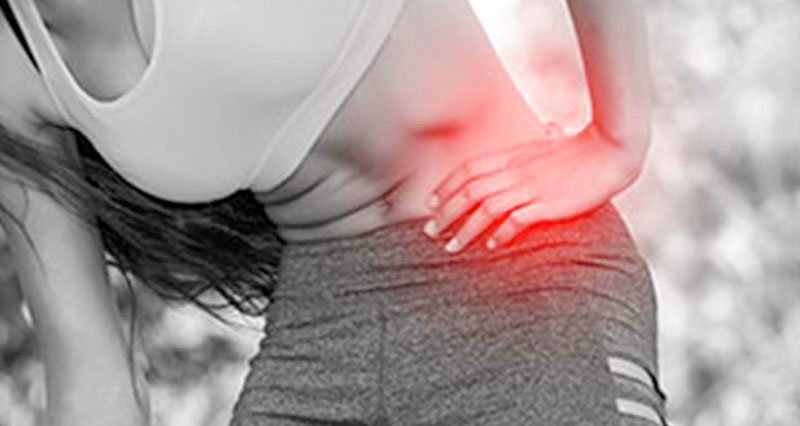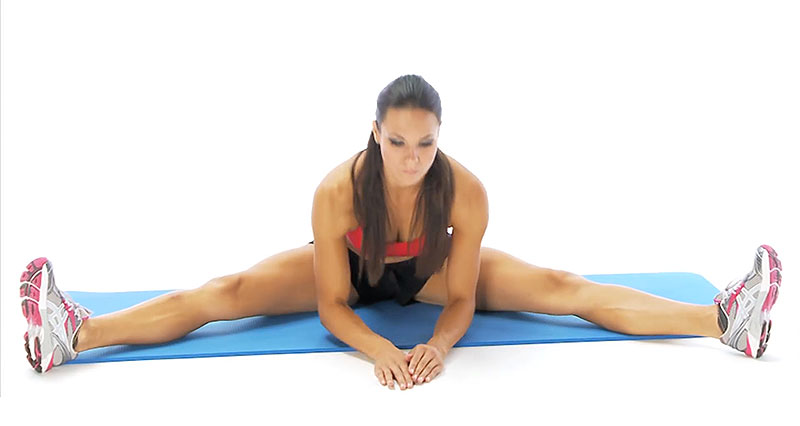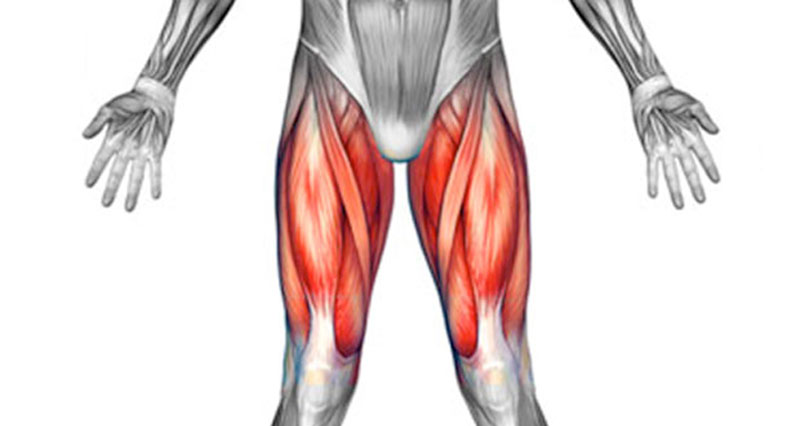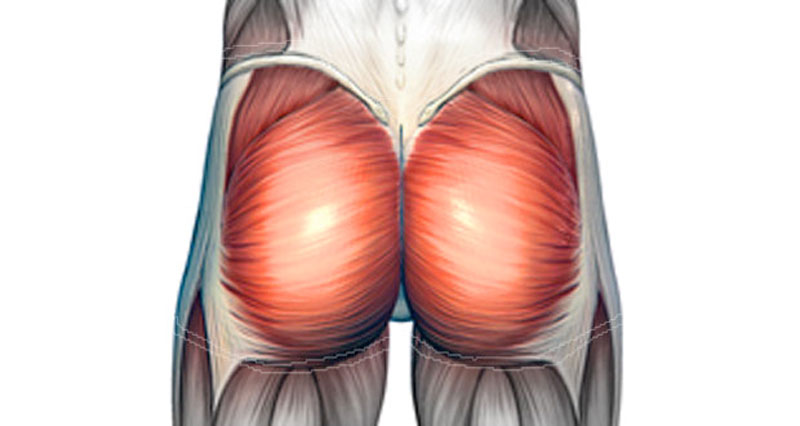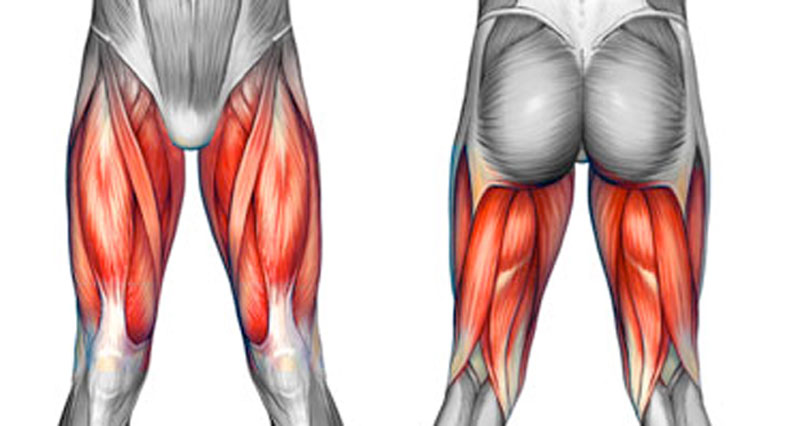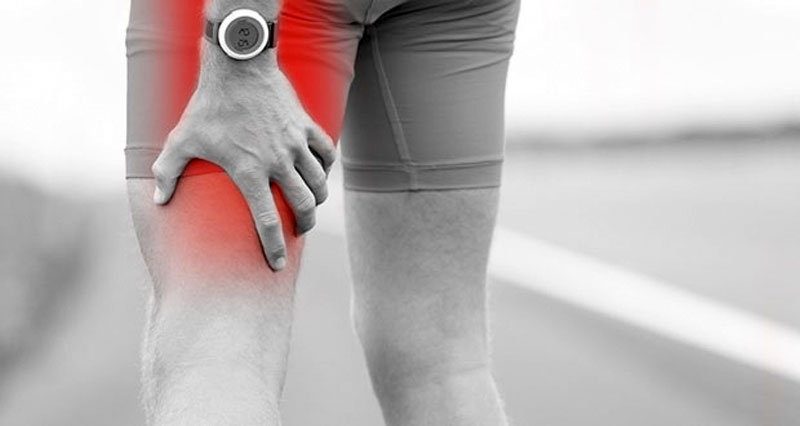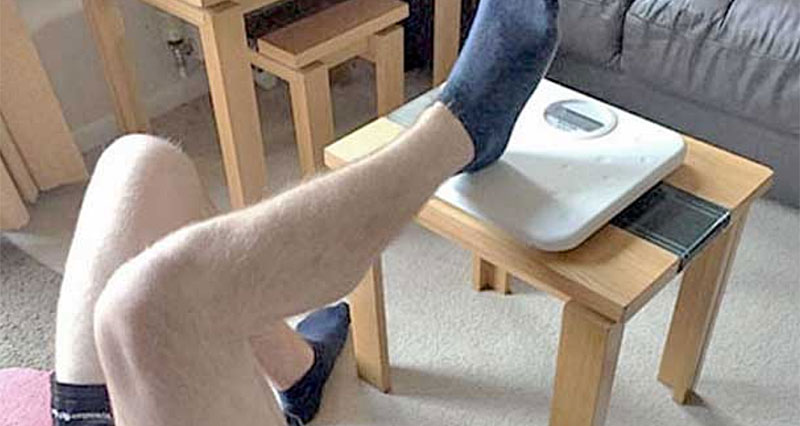Common injuries causing groin pain include groin muscle strain, adductor tendonitis, hernia and bursitis, as well as contusions from direct trauma, especially men. Pain may also be referred from the lower back and/or hip.
Medically reviewed by Dr Chaminda Goonetilleke, 10th Jan. 2022
Sudden onset groin pain
The following injuries cause sudden onset, acute groin pain:
Groin strain
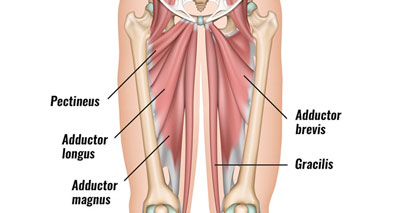
A groin strain is a tear or rupture to any of the adductor muscles on the inside of the thigh. Symptoms include:
- Sudden sharp pain in the inner thigh.
- Pain ranges from a mild to very severe.
- Sprinting (if at all possible) and changing direction is uncomfortable or painful.
- More on a groin strain
Scrotal contusion
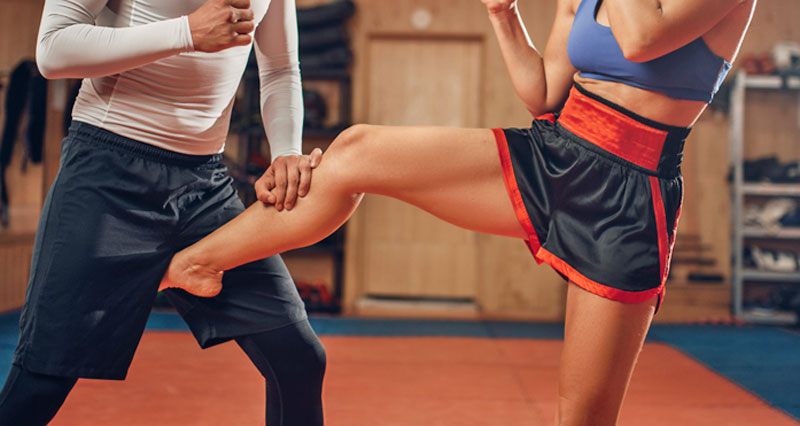
A scrotal contusion is bleeding and bruising in the scrotum, or testicles caused by a direct impact or trauma. Symptoms include:
- Severe pain.
- Swelling in the testicles.
- Bruising may appear later.
- Nausea or feeling of sickness.
- More on Scrotal contusion
Pelvic fracture
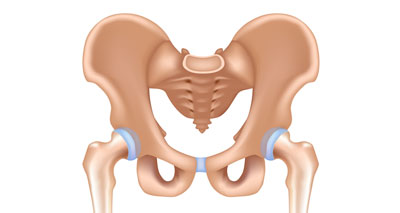
A pelvic fracture is a break of any part of the pelvis. Symptoms vary greatly depending on the severity or type of fracture and include pain and sometimes bruising which appears within 48 hours.
- More on Pelvic fractures
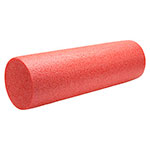
Foam Rollers
Gradual onset groin pain
The following injuries cause gradual onset or chronic groin pain. Often you are unable to identify a specific point in time when your injury occurred.
Groin tendonitis/tendinopathy
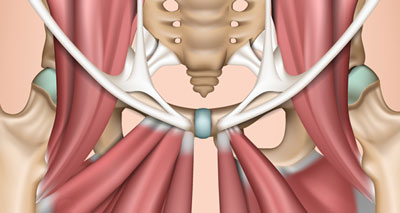
The adductor muscles can become inflamed through overuse or following a strain that isn’t treated properly. Symptoms include:
- Pain and stiffness at the top of the groin.
- Groin pain can travel down the leg and make it difficult to run.
- Overuse or previous injury can make the tendons that attach the muscles to the bone inflamed.
- More on Groin tendonitis
Iliopsoas bursitis & inflammation
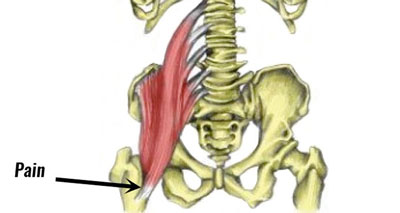
The iliopsoas muscle is a powerful hip flexor used to bring the knee up at speed when running. Inflammation of the tendon or the bursa (small sack of fluid) can cause:
- Gradual onset pain deep in the groin area.
- The muscle or tendon itself can become inflamed causing groin pain and a feeling of tightness and swelling.
- Symptoms include pain at the front of the hip which may radiate down to the knee or even into the buttocks.
Iliopsoas bursitis symptoms and iliopsoas tendon inflammation have similar symptoms and may be difficult to distinguish between the two.
Gron pain from a Hernia
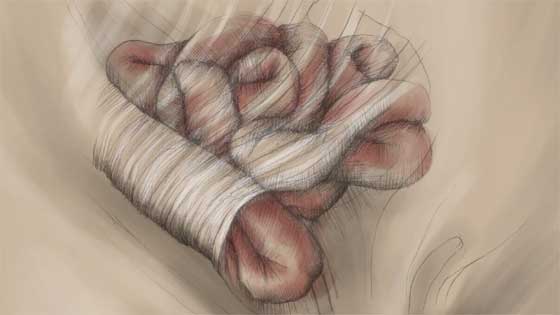
A hernia occurs when an internal part of the body (such as the intestine), pushes through a weakness in the overlying muscle wall, resulting in a soft lump. There are different types of hernia. An inguinal or femoral hernia can give rise to:
- Groin pain which increases with exercise.
- Coughing and sneezing trigger pain and can give rise to swelling/lump.
- More on Hernia
Gilmore’s groin
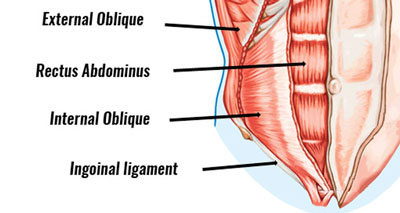
Gilmore’s Groin occurs when excessive strain is placed on the groin and pelvic area, usually through kicking sports such as soccer and rugby. Symptoms consist of
- Pain in the groin area which increases when running, sprinting, twisting, and turning.
- After training or the following day, you may feel stiff or sore.
- Coughing and sneezing may also cause groin pain.
- More on Gilmore’s groin
Osteitis pubis groin pain
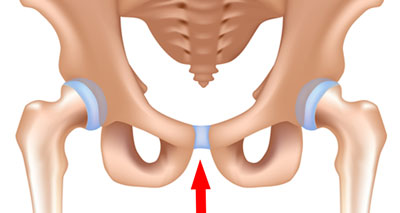
Osteitis pubis is also known now as pubic bone stress injury. Symptoms consist of:
- Groin pain which originates from the pubic bones at the front of the pelvis.
- The pain can come on gradually and will likely be felt when running or doing exercises like sit-ups.
- More on Osteitis pubis
Spermatic cord torsion
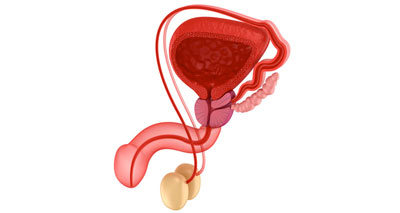
Although the spermatic cord gets twisted, this is usually referred to as testicular torsion
Spermatic cord torsion is the twisting of the testicle resulting in reduced blood flow through the tissues which connect it to the abdomen. This can be a serious condition as a complete loss of blood flow would quite quickly result in the death of the testicle.
- Symptoms of spermatic cord torsion include sudden severe pain in the scrotum with swelling and tenderness.
- The athlete may have a feeling of heaviness in the testicle as well as experience nausea and vomiting.
- Causes may include abnormal mobility of the testicle, a direct impact can cause the testicle to rotate.
- Nearly all torsions occur in adolescent boys. Larger testicles are more likely to become twisted.
- More on Spermatic cord torsion
